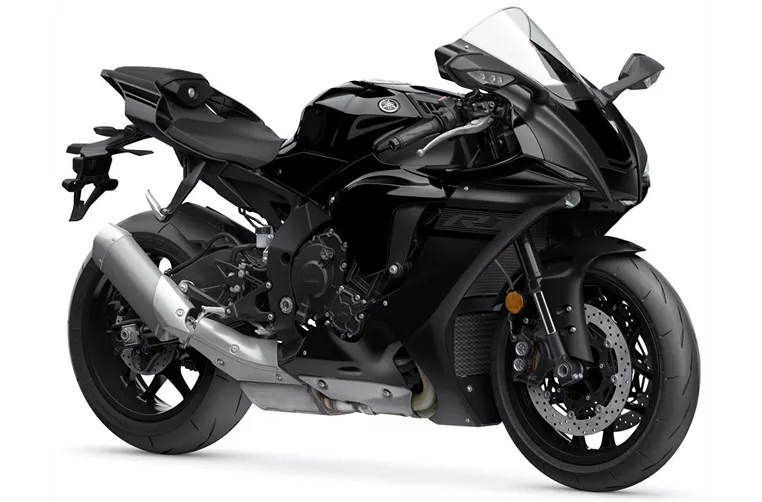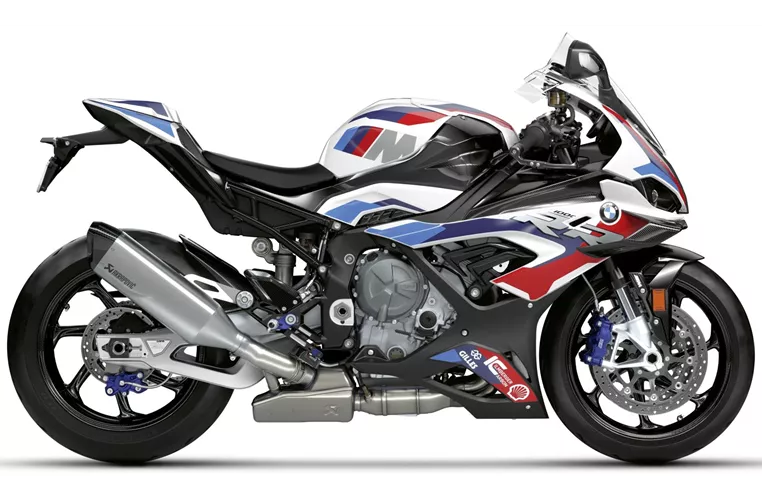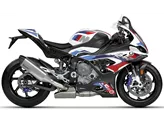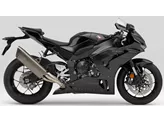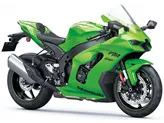Yamaha R1 2020 vs. BMW M 1000 RR 2021
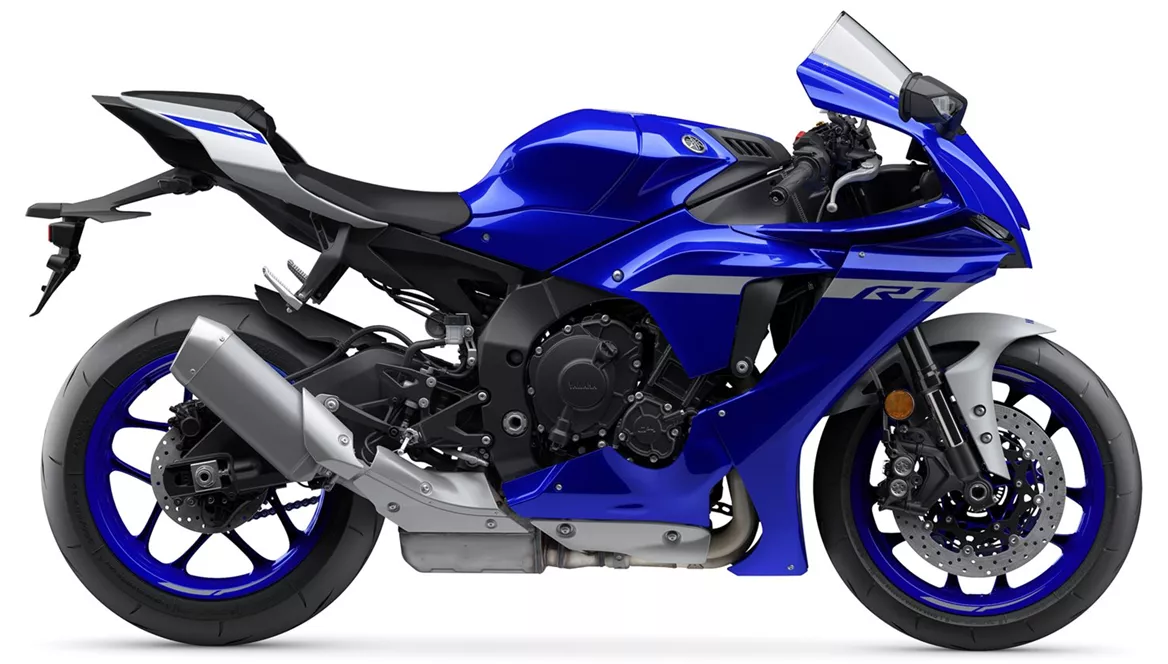
Yamaha R1 2020

BMW M 1000 RR 2021
Overview - Yamaha R1 2020 vs BMW M 1000 RR 2021
The Yamaha R1 model year 2020 and the BMW M 1000 RR model year 2021 are both high-performance supersport motorcycles that offer impressive specifications and features.
Starting with the engine and drive train, the Yamaha R1 2020 is equipped with a 998cc four-cylinder engine that produces 200 horsepower and 112.4 Nm of torque. It has a bore of 79 mm and a stroke of 50.9 mm, with a compression ratio of 13. The engine features DOHC and has four valves per cylinder. On the other hand, the BMW M 1000 RR 2021 is powered by a 999cc four-cylinder engine that delivers 212 horsepower and 113 Nm of torque. It has a slightly larger bore of 80 mm and a shorter stroke of 49.7 mm, resulting in a higher compression ratio of 13.5. Similar to the Yamaha R1, the BMW M 1000 RR also has DOHC and four valves per cylinder.
In terms of suspension, both motorcycles feature upside-down telescopic forks at the front. The chassis of both bikes is made of aluminum, providing stability and durability. The Yamaha R1 has a Deltabox frame, while the BMW M 1000 RR has a Twin Tube frame that also acts as a load-bearing engine.
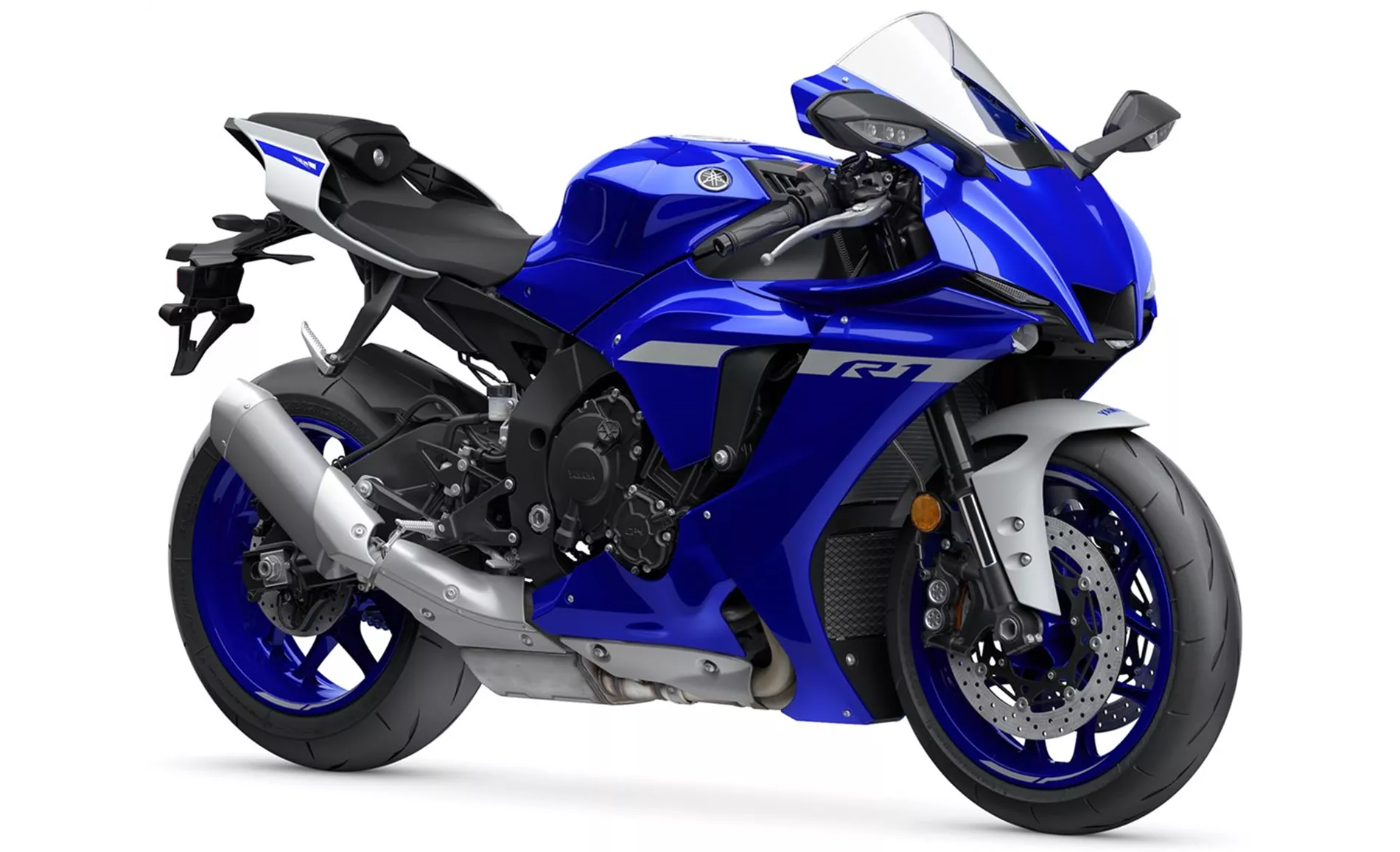
Yamaha R1 2020
When it comes to braking, both motorcycles are equipped with double disk brakes at the front. The BMW M 1000 RR also features ABS, which enhances safety and control. Both bikes offer advanced rider assistance systems, including launch control and traction control. The BMW M 1000 RR goes a step further by offering additional features such as riding modes, ride by wire, quickshifter, and ABS.
In terms of dimensions and weights, the Yamaha R1 has a front tire width of 120 mm and a rear tire width of 190 mm. The front and rear tire diameters are 17 inches. It has a wheelbase of 1405 mm and a seat height of 855 mm. With ABS, the Yamaha R1 has a curb weight of 199 kg and a fuel tank capacity of 17 liters. On the other hand, the BMW M 1000 RR has a front tire width of 120 mm and a rear tire width of 200 mm. The front and rear tire diameters are also 17 inches. It has a slightly longer wheelbase of 1457 mm and a lower seat height of 832 mm. With ABS, the BMW M 1000 RR has a curb weight of 192 kg and a slightly smaller fuel tank capacity of 16.5 liters.
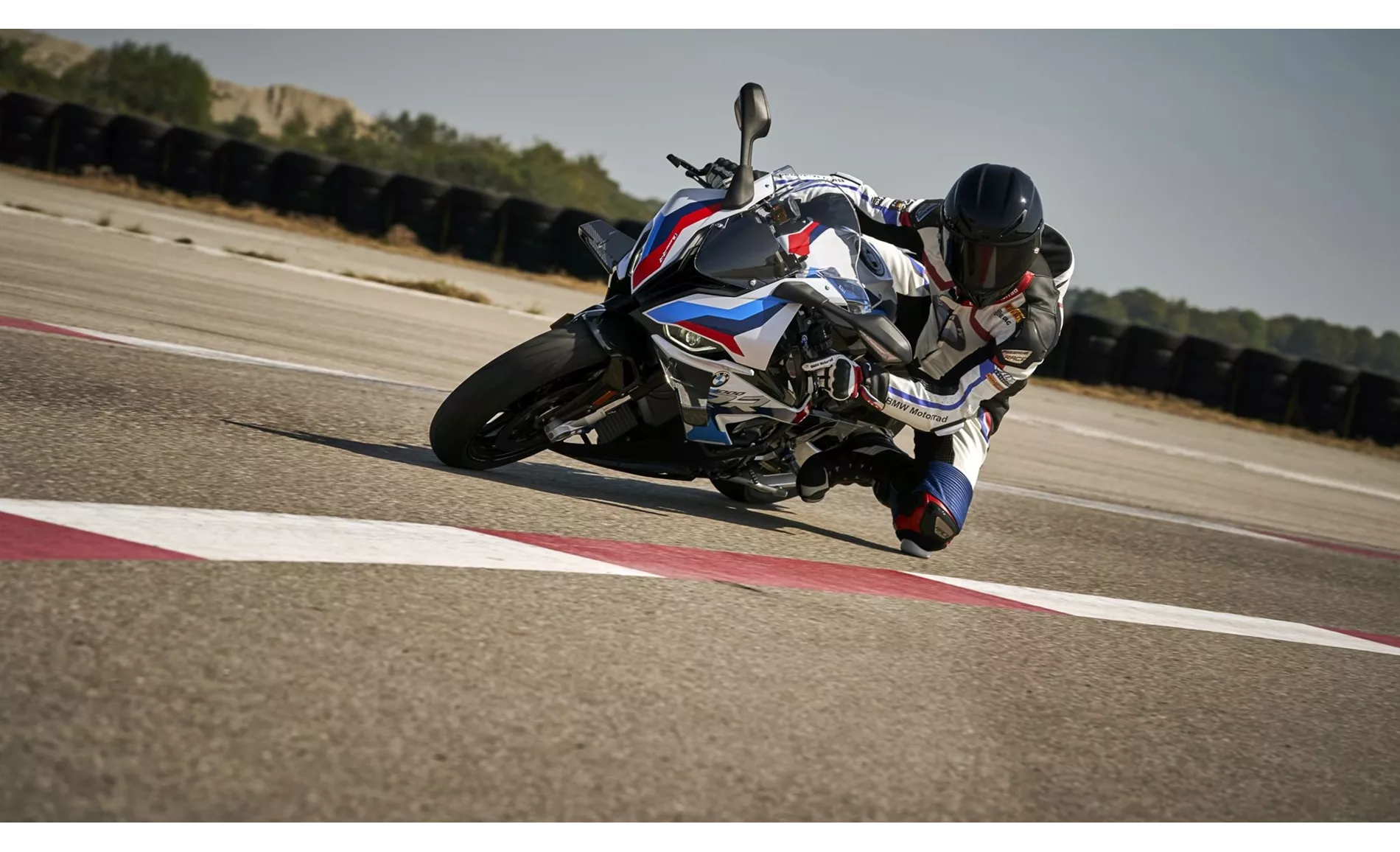
BMW M 1000 RR 2021
In terms of strengths, the Yamaha R1 2020 is praised for its powerful engine, clean response, great sound, stable chassis, high-quality electronics, and overall noble impression. The BMW M 1000 RR 2021 is commended for its smooth overall package, strong brakes, precise chassis, noble details, great responsiveness, rev-happy engine, and harmonious transition from load to push mode.
However, the Yamaha R1 2020 has a weakness in its brake performance, which is not completely satisfactory on the race track. On the other hand, the BMW M 1000 RR 2021 is criticized for its price package, which is not customer-friendly but sales-friendly. Additionally, some riders feel that the footrests could offer more grip on the track, and a higher and harder seat option would be desirable.
In conclusion, both the Yamaha R1 2020 and the BMW M 1000 RR 2021 are impressive supersport motorcycles with their own strengths and weaknesses. Riders looking for a powerful and stable bike with high-quality electronics may prefer the Yamaha R1, while those seeking a smooth and precise package with strong brakes and a rev-happy engine may lean towards the BMW M 1000 RR. Ultimately, the choice between the two will depend on individual preferences and priorities.
Technical Specifications Yamaha R1 2020 compared to BMW M 1000 RR 2021
Pros and Cons in comparison
Pros and Cons in comparison
Yamaha R1 2020
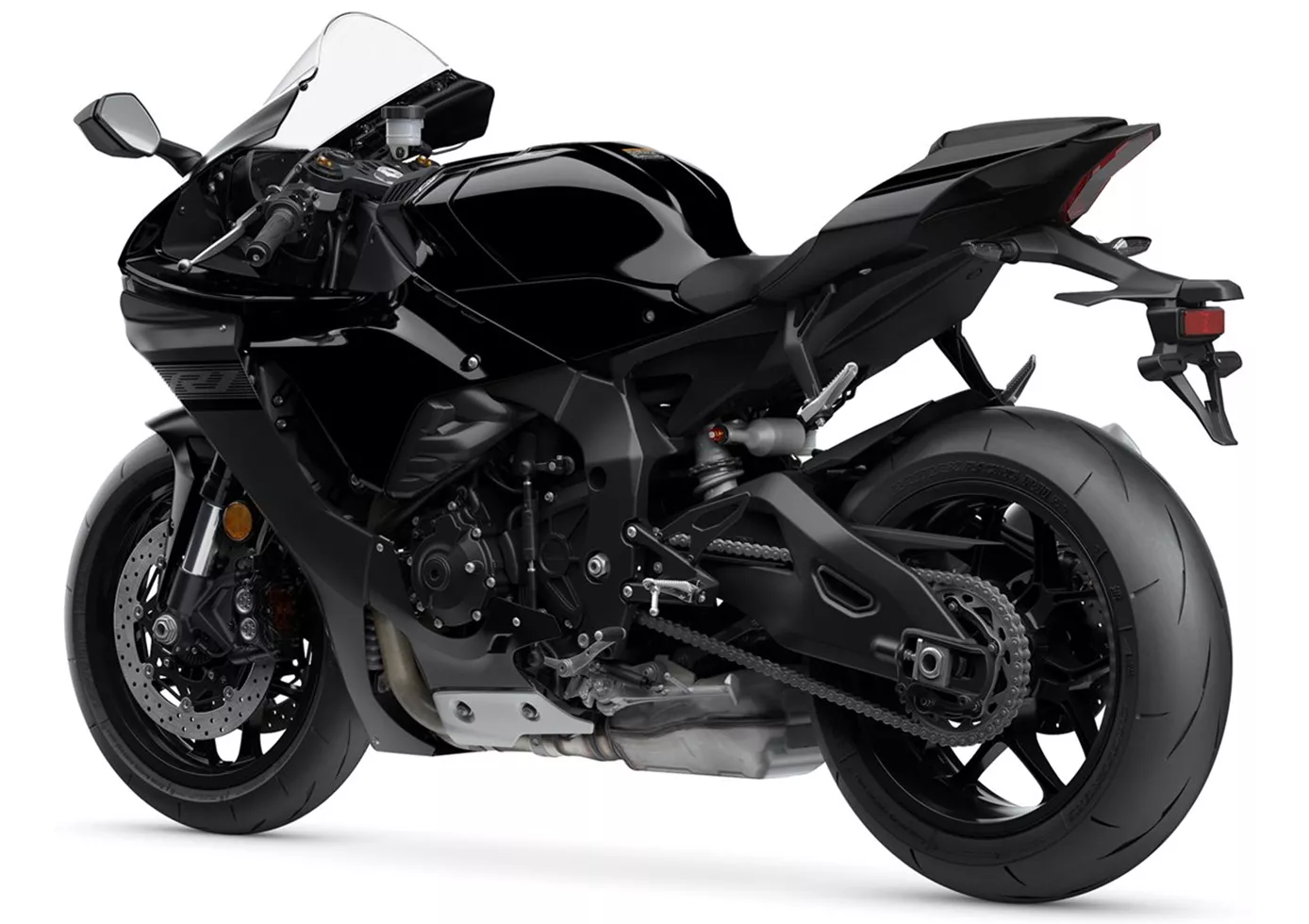
The Yamaha YZF-R1 is mature and makes countless racetrack pilots happy. The engine shines with lightness and agility, the seating position surprises positively and the handling is radical but still "suitable for the masses". The machine immediately stands out visually and also because of the heart-warming sound. Especially on the country road, the bike scores with its well-known strengths: great engine, great electronics, great package! A real pleasure to ride!
BMW M 1000 RR 2021

The price of the M1000RR is only shocking at first glance. In the saddle, you are more shocked by the power and braking performance. The machine is a fully tuned racing bike straight from the BMW factory. Those who don't like to screw but still like to race will be happy with it. A noble and practical superbike!
Price Comparison Avarage Market Price Yamaha R1 vs BMW M 1000 RR
There are a few key differences between a Yamaha R1 2020 and a BMW M 1000 RR 2021. In terms of price, the actual average price of a BMW M 1000 RR 2021 is about 36% higher. A Yamaha R1 2020 experiences a loss of 1,240 USD in one year of ownership. This is offset by a loss of 1,640 USD for a BMW M 1000 RR 2021. Compared to BMW M 1000 RR 2021 there are more Yamaha R1 2020 bikes available on the 1000PS.de Marketplace, specifically 9 compared to 7. It takes less time to sell a Yamaha R1 with 86 days compared to 127 days for a BMW M 1000 RR. Since model year 2005 1000PS.de editors have written 80 reviews for the Yamaha R1 and 14 reviews for the BMW M 1000 RR since model year 2021. The first review for the Yamaha R1 was published on 4/28/2003 and now has more than 3,900 views. This compares to more than 105,600 views for the first review on BMW M 1000 RR published on 9/23/2020.
